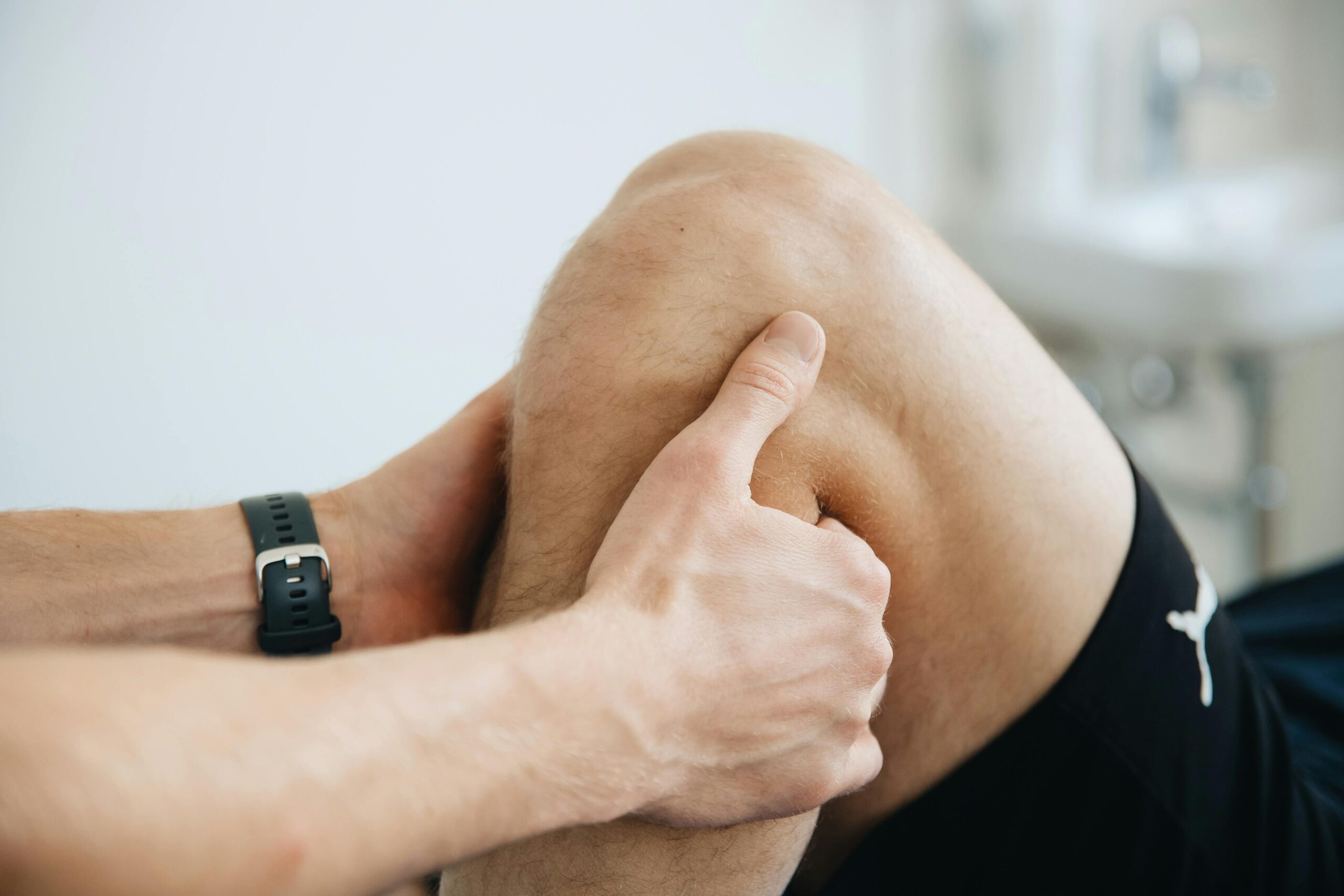Genicular Artery Embolization (GAE)

Genicular Artery Embolization (GAE)
Genicular Artery Embolization (GAE) is a minimally invasive procedure that has shown promise in treating knee pain associated with osteoarthritis (OA). This cutting-edge treatment targets the genicular arteries, which supply blood to inflamed areas of the knee. By using tiny particles to block these arteries, GAE reduces inflammation and pain without the need for major surgery.
Performed by an interventional radiologist, the procedure involves inserting a catheter through a small incision, typically in the groin or wrist, and guiding it to the genicular arteries using advanced imaging techniques. Patients often experience significant pain relief within weeks, allowing for improved mobility and quality of life.
Benefits and Research
Effectiveness in Pain Relief:
GAE has been shown to provide significant pain relief for patients with mild to moderate OA. Studies indicate that 75-85% of patients experience significant pain relief, with improvements in visual analog scale (VAS) and Western Ontario and McMaster Universities Osteoarthritis Index (WOMAC) scores[1][2][5].
Mechanism of Action:
The procedure targets the abnormal neovasculature in the synovial lining of the knee, which is associated with inflammation and pain in OA. By reducing blood flow to these areas, GAE decreases inflammation and breaks the feedback loop of pain and neovascularity[2][4][5].
Safety and Minimally Invasive Nature:
GAE is a safe procedure with high technical success rates (99.7%) and minimal adverse events, such as transient skin discoloration, puncture site hematoma, and rare complications like plantar paresthesias or bone infarction[2][4][5].
Long-Term Benefits:
Studies have demonstrated durable pain improvement for at least 2 years following the procedure. Only a small percentage of patients require total knee replacement or repeat GAE over this period[2][4].
Patient Selection:
GAE is suitable for patients with moderate to severe knee pain who have failed conservative treatments, such as anti-inflammatory medications, physical therapy, and intra-articular injections, and who are not candidates for or do not wish to undergo knee replacement surgery[1][3][4].
Procedure Details:
The procedure is performed under moderate sedation as an outpatient, involving the insertion of a catheter into the artery of the upper thigh and the use of X-rays to guide the catheter to the target arteries. Tiny particles are then injected to reduce blood supply to the inflamed areas[3][5].
Clinical Outcomes:
Meta-analyses and systematic reviews have shown that GAE meets minimal clinically important difference (MCID) and substantial clinical benefit (SCB) thresholds for pain relief and functional improvement. Higher baseline pain severity is associated with greater improvements[2][5].
Overall, GAE offers a viable, non-surgical treatment option for patients with osteoarthritis who have not responded to conservative treatments and are not ready or eligible for surgical interventions.
Who Can Benefit from GAE?
GAE is particularly beneficial for individuals with moderate to severe knee pain due to OA who:
- Have not experienced adequate relief from medications, physical therapy, or injections.
- Are seeking alternatives to surgery.
- Are ineligible for surgical interventions due to health or age-related risks.
Genicular Artery Embolization (GAE)

